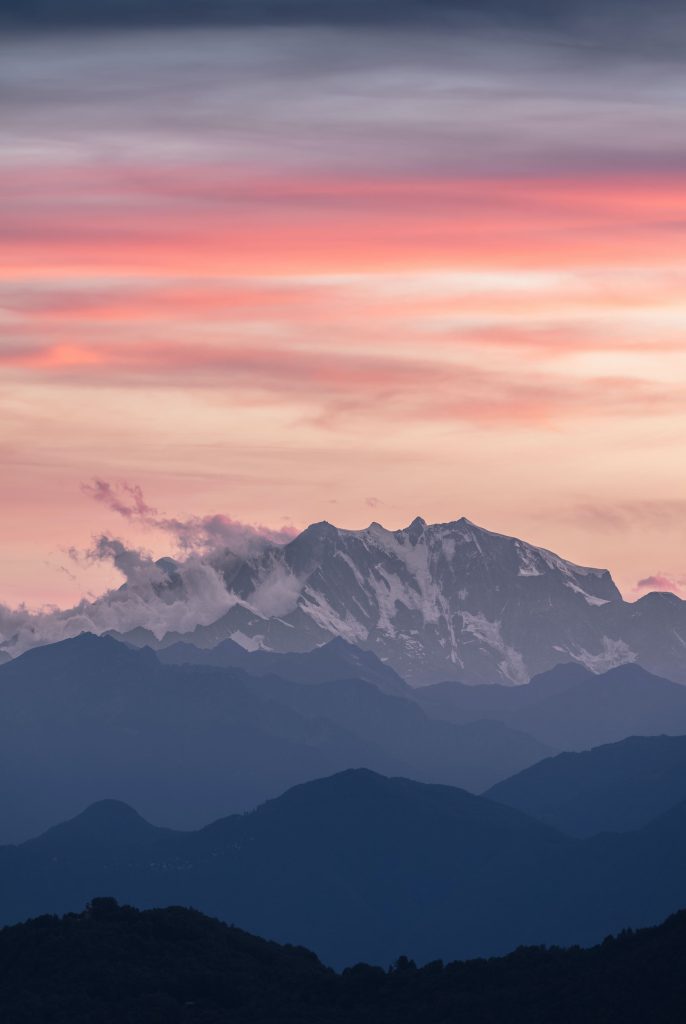Nestled in the picturesque town of Srikalahasti in Andhra Pradesh, India, the Srikalahasti Temple stands as a testament to centuries of devotion, architectural brilliance, and spiritual significance. Dedicated to Lord Shiva, this ancient temple is one of the most revered Pancha Bhoota Sthalas, representing the element of Vayu (Air). Its rich history, unique legends, and stunning architecture make it a must-visit destination for pilgrims and history enthusiasts alike.
Historical Significance
The origins of the Srikalahasti Temple date back to the Pallava dynasty in the 5th century, with significant contributions made by the Chola and Vijayanagara rulers. The temple’s architecture reflects a blend of Dravidian and Vijayanagara styles, with intricate carvings, towering gopurams (gateways), and majestic pillars that showcase the craftsmanship of ancient Indian artisans.
The temple gained prominence during the reign of Krishnadevaraya, the great Vijayanagara emperor, who was a devout follower of Lord Shiva. His patronage led to the expansion and beautification of the temple, making it a center of spiritual and cultural activity.

Unique Legends and Mythology
The Srikalahasti Temple is steeped in fascinating legends that add to its mystical allure:
- The Story of the Spider, Snake, and Elephant (Sri-Kala-Hasti):
The temple derives its name from a unique legend involving three devoted beings—a spider (Sri), a serpent (Kala), and an elephant (Hasti). Each worshipped Lord Shiva in their own way, and their unwavering devotion led to their salvation. The temple stands as a symbol of their divine connection with the Lord. - Kannappa Nayanar’s Devotion:
One of the most celebrated stories associated with the temple is that of Kannappa Nayanar, a tribal hunter and an ardent devotee of Lord Shiva. His selfless devotion, where he offered his own eyes to the Shiva Linga, moved the Lord, who granted him salvation. This story is a powerful reminder of the temple’s emphasis on devotion over ritual. - Rahu-Ketu Dosha Relief:
The temple is renowned for its Rahu-Ketu Dosha Nivarana Pooja, a unique ritual believed to alleviate the malefic effects of Rahu and Ketu in one’s astrological chart. Thousands of devotees flock to the temple to perform this sacred ritual, seeking divine blessings and relief from planetary afflictions.

Architectural Marvels
The Srikalahasti Temple is a masterpiece of Dravidian architecture. Key features include:
- Rajagopuram: The towering 120-foot-high gateway adorned with intricate sculptures and carvings.
- Vayu Linga: The main deity, representing the element of air, is a self-manifested (Swayambhu) Linga.
- Thousand-Pillared Hall: A stunning mandapam with exquisitely carved pillars depicting scenes from Hindu mythology.
- Prakara Walls: The outer walls of the temple are adorned with beautiful frescoes and inscriptions that narrate the temple’s history and legends.
Spiritual Significance
As one of the Pancha Bhoota Sthalas, the Srikalahasti Temple holds immense spiritual significance. The five elements—Earth, Water, Fire, Air, and Space—are represented by five sacred Shiva temples across South India. Srikalahasti symbolizes Vayu (Air), and it is believed that worshipping here purifies the soul and liberates devotees from the cycle of birth and death.
Festivals and Celebrations
The temple comes alive during various festivals, attracting devotees from across the globe:
- Maha Shivaratri: The grand celebration of Lord Shiva, marked by special rituals, night-long vigils, and processions.
- Karthika Deepam: The festival of lights, where the temple is illuminated with thousands of oil lamps, creating a divine ambiance.
- Rathotsavam: The annual chariot festival, where the deities are taken out in a grand procession on a beautifully decorated chariot.
Why Visit Srikalahasti Temple?
- Spiritual Solace: Experience the divine energy and seek blessings from Lord Shiva.
- Architectural Splendor: Marvel at the intricate carvings and ancient craftsmanship.
- Unique Rituals: Participate in the Rahu-Ketu Dosha Nivarana Pooja and other sacred rituals.
- Cultural Immersion: Immerse yourself in the rich history, legends, and traditions of this ancient temple.
Plan Your Visit
- Location: Srikalahasti, Andhra Pradesh, India (near Tirupati).
- Best Time to Visit: October to March, during the cooler months and major festivals.
- Dress Code: Traditional attire is recommended as a mark of respect.








skht
As a devoted Srikalahasti resident, I have a strong desire to showcase the growth, beauty, and culture of our community. My objective is to offer the people of Srikalahasti insightful knowledge and useful insights, with an emphasis on civic involvement, local governance, and community well-being. I want to use this platform to raise awareness of important topics, provide updates on social and political developments, and highlight our region's rich history. By working together, we can create growth and progress for everyone and work toward a better future for Srikalahasti.
నేను శ్రీకాళహస్తి నియోజకవర్గానికి చెందిన ఒక ప్రగాఢ ఆసక్తి కలిగిన స్థానిక వాసిని. మా ప్రాంత సౌందర్యం, సాంస్కృతిక విలువలు మరియు అభివృద్ధి పట్ల నాకున్న ప్రేమతో ఈ నియోజకవర్గం గురించి ప్రజలకు విలువైన సమాచారం అందించడమే నా లక్ష్యం. ఈ వేదిక ద్వారా, సమాజానికి సంబంధించిన ముఖ్యమైన సమస్యలు, రాజకీయ మరియు సామాజిక సంఘటనలపై తాజా సమాచారం మరియు మా నియోజకవర్గంలోని సాంప్రదాయ సంపదను ప్రజలతో పంచుకుంటాను. మనందరం కలిసి శ్రీకాళహస్తి యొక్క భవిష్యత్తును మరింత మెరుగుగా తీర్చిదిద్దేలా కృషి చేద్దాం.!
5 thoughts on “Srikalahasti Temple: A Journey Through Time and Spirituality”